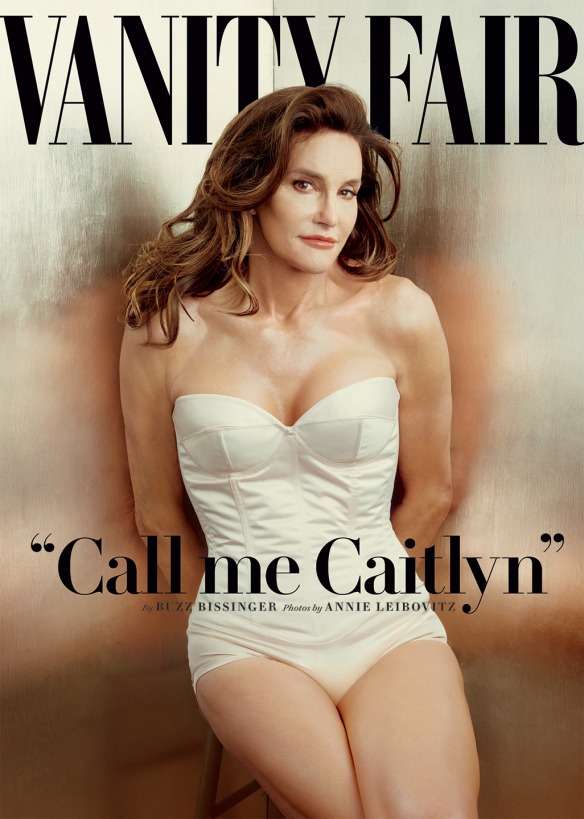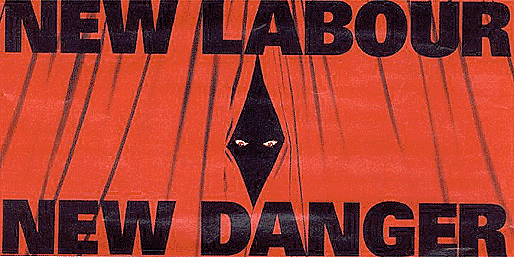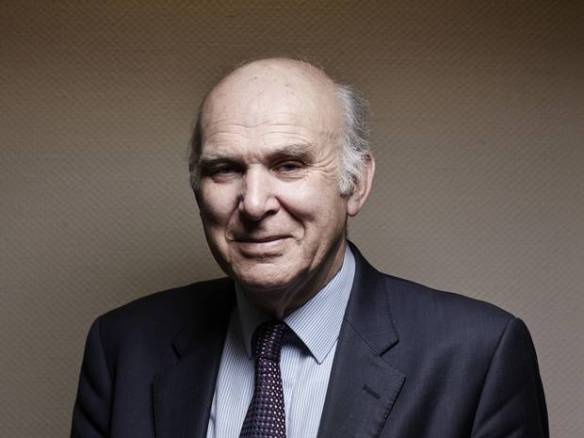NB – I am open to suggestions and making edits to this piece if anyone feels the language used is inappropriate or inaccurate. Please drop me a message and let me know. 
Here is an extract from a recent conversation I had:
“But the first Matrix is definitely the best Wachowski Brothers’ film”
“They’re actually not called the Wachowski Brothers anymore, as one of them has since transitioned”
“Ah okay, didn’t know that! Good pub quiz knowledge!”
And then the conversation moved on. Transgender people are arguably more visible now than ever before, and words and phrases such as “transition”, “non-binary”, “female-to-male” and “gender identity” are far more commonplace in general vocabulary and seem to not need the level of explanation that they once did. That isn’t to say that it’s fully entrenched in common knowledge, and many people still don’t know the difference between terms such as “transgender”, “transvestite” and “hermaphrodite” (and think “cis” is some kind of infection), (the BBC published a helpful glossary this week). Awareness is rising, and that’s never been more true than this week, with Caitlyn Jenner’s Vanity Fair cover, quickly becoming the most visible trans person in the world.
Transvisibility has certainly increased in the last couple of years. Openly trans actress and activist Laverne Cox rose to prominence in Orange is the New Black, later gracing the cover of Time magazine and posing nude for Allure. Trans models such as Lea T and Andeja Pejic have been very visible in fashion and beauty campaigns. Popular television shows such as Transparent and Louis Theroux’s “Transgender Kids” have been educational to audiences. Journalist and presenter Paris Lees, once voted top of the “pink list” of influential UK LGBT people, has brought a lot of attention to trans issues. Trans men continue to be less visible, although statistics suggest that they are similar in number.
Prior to this week I was only vaguely aware of Ms Jenner (I’ve never watched her reality shows) but lately my social media has been awash with images of her, celebrating her bravery, openness and the inspiration she gives. But you only need to read the comments posted on this article (or indeed from some celebrities) to see how far we have to go in terms to increasing awareness, acceptance and equality for the transgender and minority gender identity community.
Trans people experience significant discrimination and abuse. Many trans people, particularly women of colour, are murdered each year. They are rejected by their families, bullyied and the list of those who turn to suicide increases. The stories of Leelah Alcorn and Lucy Meadows are two recent tragic examples that have been publicised. Trans rights were largely ignored in the equal marriage debates, and the issue of “spousal veto” remains – in which a married person applying for a gender recognition certificate must have the approval of their spouse. The UK’s most prominent gay rights charity Stonewall has only recently begun to represent trans people, after lengthy lobbying. Transphobia is pervasive and often slips under the radar, as though seem as a fair topic for fun rather than an undercurrent of prejudice that impacts on the lives of trans people continually. Trans people are often the subject of jokes in the media and derogatory terms such as “tr*nny” are used without thought. If you look out for it you might be surprised the level of offensive language commonly used that refers negatively to trans communities, often slipping in subtly. Trans people are overrepresented in mental health populations, and with a lifetime of discrimination and high incidences of trauma it’s little wonder why. In order to access gender identity services people must jump through considerable hoops that include extensive psychiatric evaluation. The past hashtag #transdocfail exhibited just how uninformed health professionals are about trans issues. Any one of these instances is shocking, but together it’s a pretty horrifying picture of how we treat human beings we see as “different”.





